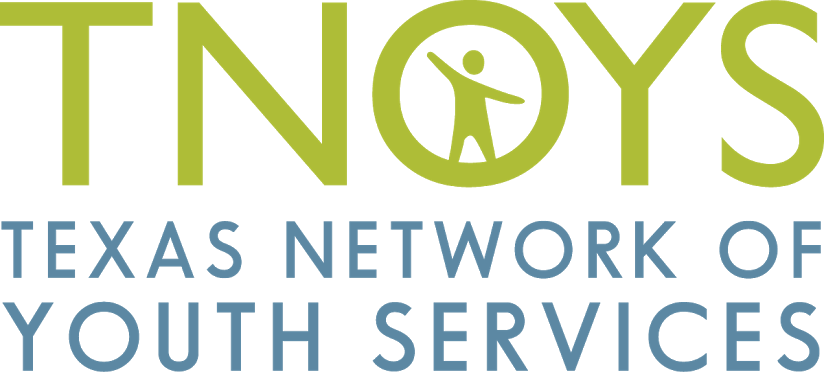Census 2020 is well underway, but the COVID-19 pandemic is causing the U.S. Census Bureau to change or delay many of their efforts to get-out-the-count.
On the ground census operations, including the counting of people in group quarters, were planned to start at the beginning of April. However, state and local governments have delayed operations in response to social distancing recommendations and “stay-at-home” orders. The consequences of this delay are already being reflected in response data — as of April 19th, just under 50% of the country had responded to the census using the self-response method.
As the pandemic disrupts census operations, it’s important that youth service providers continue efforts to get out the count in our communities. Be sure to check out TNOYS’ Census Toolkit for ideas on Getting Out the Count through digital media.
Below, we’ve rounded up several updates on census operations that may impact your outreach.
1. Census operations are delayed, and counting operations have been extended until October 31, 2020.
As of April 13, the Census Bureau has made substantial changes to census operations. The data collection deadline has been extended from August 31st to October 31st, with on-the-ground counting operations (i.e. Nonresponse Followup (NRFU)) taking place August 11 through the end of October. Field offices have suspended operations until June 1, including some hiring and onboarding for census takers. Additionally, the Census Bureau is still reviewing and updating the timeline and process for operations to count people experiencing homelessness. Group Quarters have been encouraged to use the e-response option to count residents. See the full operational changes here.
The Census Bureau has also requested new deadlines for delivering apportionment counts to the president and states. These data are used to allocate funding and U.S representatives among states, and inform local redistricting within states. All changes will need to be approved by Congress.
2. Currently, Texas ranks 40th among state self-response rates.
The overall response rate in Texas is 46%, below the national average. However, the self-response rate varies greatly depending on county. Suburban areas outside of large urban areas are experiencing the highest rates, whereas counties along the border with Mexico have some of the lowest self-response rates (Check out your area with this up-to-date map). Additionally, areas that have limited access to the internet have low-response rates, potentially because efforts meant to count those populations through in-person methods have been delayed.
3. As COVID-19 has forced get-out-the-count efforts to adapt, it is critical to engage hard-to-count (HTC) populations and ensure an accurate count.
Stakeholders across the state had been planning events, door-to-door outreach, and other in-person activities to take place from mid-March through May to reach hard-to-count populations and encourage them to self-respond. With the cancellation of those plans, many organizations have turned to digital efforts and innovative strategies to raise awareness and motivate communities. New, creative strategies have emerged to engage hard-to-count populations, especially those with limited internet access. In Hidalgo County, organizers have taken to spreading the word about the census via megaphone. Other organizations across the state have partnered with groups that are working to get essential supplies to people, such as food and diapers. We encourage you to seek out such organizations in your community, as they may be willing to include information about the census in distributions and drop-offs.
4. COVID-19 has shined a light on why an accurate census count is so critical.
Programs and services that our communities need such as healthcare services, school meals, housing programs, head start programs, and others are funded based on the number of people they will potentially serve in an area. The long-term economic impact of the COVID-19 pandemic will likely cause the numbers to increase, so it is important that our communities are prepared.
What’s more, census data is important for future emergencies. First responders can use data from the census to determine the needs of a community and where to focus efforts, and it’s important that these data are accurate and can assist first responders during future emergencies. Relief that is expected to be needed for some time will also likely be allocated based on the size of our population.
Youth service providers plan a critical role in get-out-the-count efforts. For more information on the 2020 Census and ideas for your own outreach efforts, please visit TNOYS’ 2020 Census Resources page.
